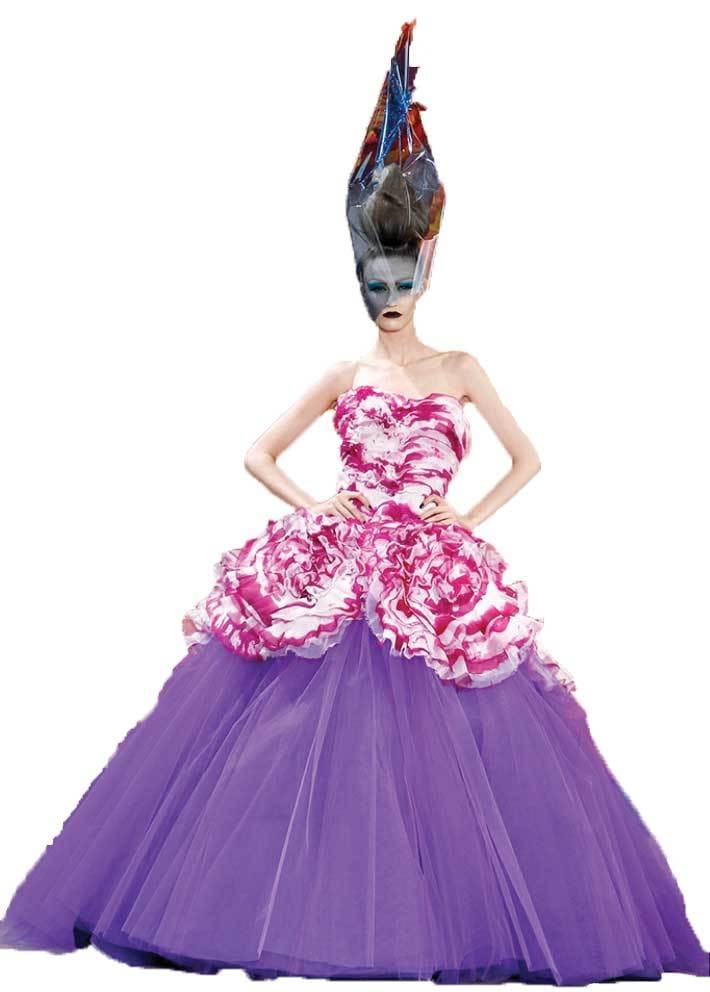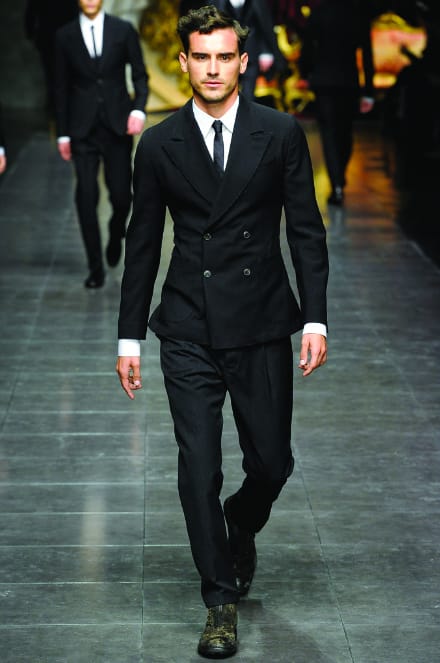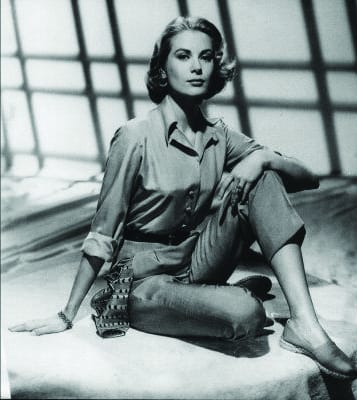The forgotten designer
As the luxury market continues to profit, Alice Yang questions what lies beneath the consumer’s desire for labels

As unlikely as it may seem, I have found myself swapping the glossy pages of Vogue for the less conveniently sized Financial Times this week as the recently realised flurry of financial figures drag my attention away from the conventional pre-fashion-week buzz.
Instead of delighting in the prospect of seeing Michael Kors’ first post-IPO collection of luxe loungewear in New York next week, or eagerly awaiting to be swept away by Sarah Burton’s lace and leather embellished goddesses at Alexander McQueen later in Paris; I find myself, rather uncharacteristically, poring over Christian Dior’s annual earnings report.
Similar to an oblivious fat seal skimming the turbulent waters of the melting Arctic oceans, not only has the luxury market continued to plump out its profits in such harsh economic times, with multinational luxury goods conglomerate LVMH’s sales up 14% from last year on a like-to-like basis, the rumour-enshrouded house of Christian Dior has managed to ride out the storm with increased sales of 21% over the last three quarters of 2011.
Instead of joining the shareholders of said companies in celebrating such figures as we count down the days until the catwalks kick in, I find myself agonizing over the future of high-end fashion and grieving for one of the industry’s most talented creative geniuses.
The scandal that erupted just under a year ago concerning anti-Semitic remarks made by John Galliano (former Creative Director at Christian Dior) sent a tornado through the industry and has since become a story deeply carved into the gilt-edged history books of fashion.
Following Galliano’s dismissal just days before Dior’s A/W 2011-12 show, the whirlwind of rumours about who would take his place of 14 years, leading one of fashion’s most monumental houses has continued to distract from the fashions on the catwalk, replacing the fantasy with flurries of intrigue. Who would be able to fill these prodigious shoes? No viable options have presented themselves, with all prime candidates seemingly content in the positions they currently hold. From Louis Vuitton’s alluringly versatile Marc Jacobs, Givenchy’s prince of darkness Riccardo Tisci, the young and rebellious Haider Ackermann, Jil Sander’s modern man Raf Simons, and even the designer of perfect dresses Azzedine Alaïa, the position remains unfilled three seasons later.
Nevertheless, the house of Dior has continued to fill its slot at Paris fashion week under the undeniably weaker hand of Bill Gaytten who spent 15 years as the right-hand man of Galliano. Gone are Galliano’s dramatic tales of dark glamour, and never again will our hearts flutter at the sight of a tulip dress or yearn to go riding side-saddle in masterfully tailored jackets before being swept away to a ball swathed in layers of satin.
This is not to say that Gaytten hasn’t made a fair attempt at trying to fill the position unceremoniously laid at his door, but given 15 years of working under the promiscuous visionary of design that Galliano undoubtedly was, you might have suspected a somewhat stronger desire to show the world his own well of pent up talent. Alas, that has not been the case. Instead, the former house of dreams has given us season after season of restrained, safe designs and far too heavy a reliance on Christian Dior’s legendary archives, resulting in craftsmanship of John Galliano by continuing to buy, and hence support, the house that so quickly turned on its own saviour? Indisputably, what Galliano said was inexcusable, but do buyers not realise that the items they now purchase no longer hold that enchanting feel that Galliano breathed into his every design, and the clear love and understanding he had of the legend of Dior? It is a prerequisite that a designer taking the reins of a house that does not bear their own name must not only have a definite knowledge of the history and culture of the brand, but also their own vision which must inspire and convince consumers of the next generation that their designs will endure, just like the illustrious name of Christian Dior.
The despairing answer that I must postulate is that the majority of customers who fund these labels no longer care about the designers behind the house’s name. Rather than relish in the artistic talent and craftsmanship of the garment they don, they care only that its price tag is beyond what their dry cleaner earns in half a year and that upon removing their plush coat, their contemporaries’ butlers will see a famous brand name sewn into the nape of the silk-satin lining.
As far as I’m concerned, this must be considered to be fashion sacrilege. Though it seems that the opinion of the nouveau riche with their glimmering Chanel sunglasses, monogrammed Louis Vuitton bags and jewel coloured Gucci fur coats couldn’t care less about Karl Lagerfeld, Marc Jacobs or Frida Giannini and co, let alone the disgraced and fallen John Galliano. As long as they feel that what they’re wearing is distinctively covetable, to them, nothing else matters. And that, my dearest fashion lovers, is most definitely something to grieve about.







